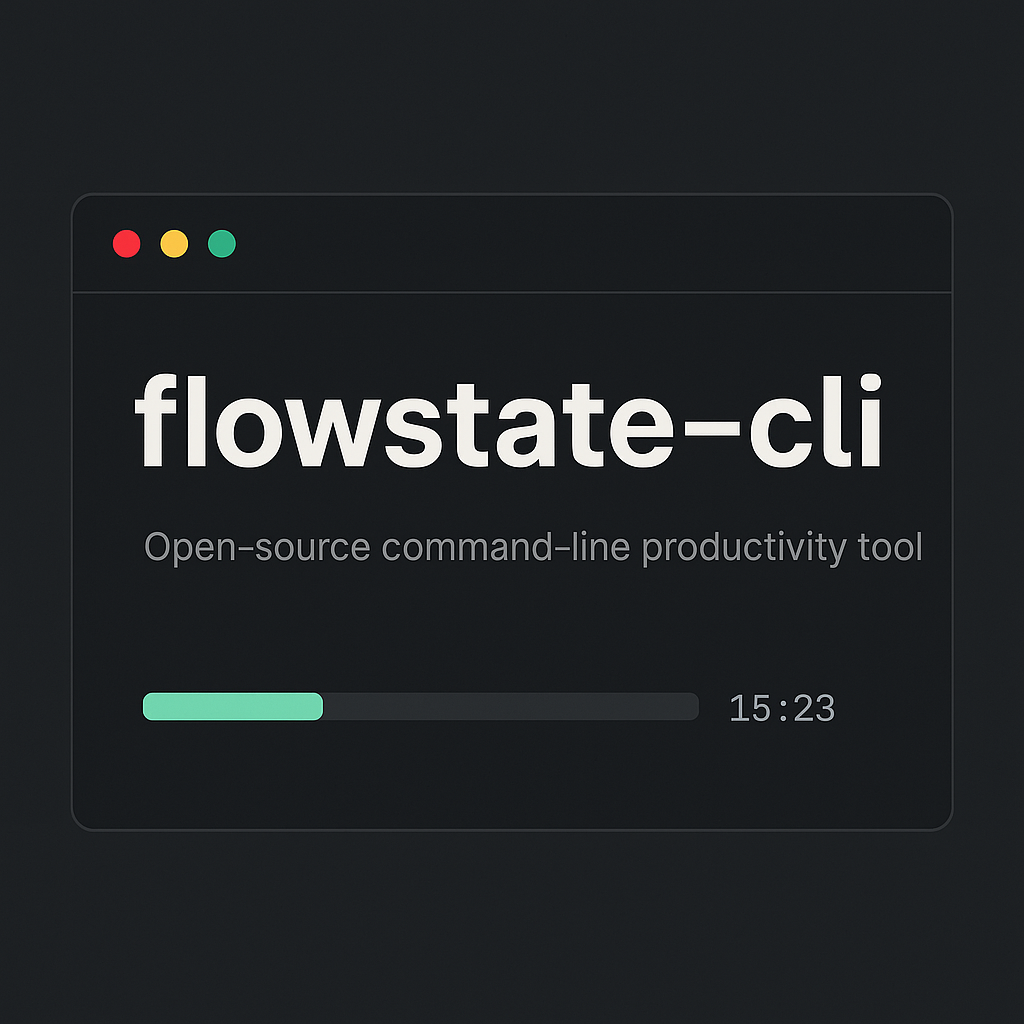Overview
The E-Commerce Backend API is a production-grade backend service designed to power modern e-commerce applications. Built with a three-tier architecture (API/Service/Data), it provides a comprehensive set of endpoints for managing products, users, carts, orders, and payments with a focus on security, performance, and scalability.
✨ Features
- 🔐 Secure Authentication: JWT-based authentication with token protection and role-based authorization
- 👥 User Management: Account creation, profiles, and permission controls
- 📦 Product Catalog: Comprehensive product management with searching and filtering
- 🛒 Shopping Cart: Flexible cart functionality with real-time stock validation
- 💳 Order Processing: End-to-end order lifecycle management
- 💰 Payment Integration: Seamless Stripe payment processing with webhook security
- 🚚 Shipping Management: Order tracking and status updates
- 👑 Admin Dashboard API: Complete administrative controls with proper permission checks
- ⚡ Performance Optimized: Redis caching and query optimization for high throughput
- 🐳 Containerized: Docker & Docker Compose with security best practices
- 🔒 Security Focused: Comprehensive security controls with automated vulnerability scanning
🏗️ Architecture
The e-commerce backend follows a clean, layered architecture:
Three-Tier Architecture
The API is structured with clean separation of concerns:
- API Layer: Handles HTTP requests/responses, input validation, and authentication
- Service Layer: Contains core business logic and service orchestration
- Data Layer: Manages database operations and data access patterns
This architecture ensures maintainability, testability, and scalability as the application grows.
Key Components
- FastAPI Framework: High-performance asynchronous API with automatic OpenAPI documentation
- Pydantic Models: Strong type checking and data validation
- SQLAlchemy ORM: Database abstraction with migrations using Alembic
- PostgreSQL: Primary database for transactional data
- Redis: Caching layer for high-performance reads and rate limiting
- Docker & Docker Compose: Containerization for consistent development and deployment
Core Features
Authentication & Authorization
- JWT-based authentication system with refresh token rotation
- Role-based access control (RBAC) with customer and administrator roles
- OAuth2 integration with social login providers
- Password hashing with Argon2 and secure token management
Product Catalog Management
- Hierarchical category system with inheritance
- Flexible product attributes and variants
- Full-text search with ranking and faceted filtering
- Image handling with automatic resizing and optimized delivery
Shopping Cart & Checkout
- Persistent and guest shopping carts
- Real-time inventory validation
- Dynamic pricing and promotion engine
- Tax calculation based on location and product type
Order Management
- Order lifecycle tracking with state transitions
- Multiple fulfillment options
- Email notifications and webhooks for order updates
- Returns and refund processing
Payment Processing
- Stripe integration for credit card processing
- PayPal integration for alternative payments
- Secure token-based payment flow
- Idempotent transaction handling
⚡ Performance & Scaling
The API is designed for high performance and scalability:
- Async Endpoints: Non-blocking request handling
- Connection Pooling: Efficient database connections with proper transaction isolation
- Redis Caching: Dramatically reduces database load for read operations
- Asynchronous Processing: Non-blocking operations for concurrent requests
- Stateless Design: Enables simple horizontal scaling
- Rate Limiting: Prevents abuse and ensures fair usage
- Pagination: For large result sets with DoS protection
- Background Tasks: For CPU-intensive operations with proper session management
🔧 Technology Stack
- FastAPI: High-performance API framework with automatic OpenAPI documentation
- SQLAlchemy: Powerful ORM for database operations with transaction safety
- PostgreSQL: Robust relational database for production
- SQLite: Lightweight database for development and testing
- Pydantic: Data validation and settings management (compatible with v1 and v2)
- JWT: Secure, stateless authentication with replay protection
- Stripe API: Enterprise-grade payment processing with webhook security
- Redis: High-performance caching, session management, and rate limiting
- Alembic: Database migration tool
- Docker & Docker Compose: Containerization with security best practices
- WebSockets: Real-time order and notification updates
🏗️ Architecture
My e-commerce backend follows a clean, layered architecture:
┌───────────────────┐ ┌───────────────────┐ ┌───────────────────┐
│ API Layer │ │ Service Layer │ │ Data Layer │
│ (Controllers) │────>│ (Business Logic) │────>│ (Models/ORM) │
└───────────────────┘ └───────────────────┘ └───────────────────┘
│ │
│ │
▼ ▼
┌───────────────────┐ ┌───────────────────┐
│ Security │ │ Database │
│ (JWT, OAuth) │ │ (PostgreSQL) │
└───────────────────┘ └───────────────────┘
🔒 Security
This project implements comprehensive security measures:
- Enhanced JWT Authentication: Secure tokens with JTI tracking, proper algorithm validation
- Role-Based Access Control: Strict permission enforcement for user/admin operations
- Password Security: Bcrypt hashing with high work factor (12+ rounds)
- Rate Limiting: Protects authentication endpoints and API routes from abuse
- Input Validation: Thorough request validation with Pydantic schema enforcement
- SQL Injection Prevention: Parameterized queries and ORM protection
- Security Headers: Comprehensive set including CSP, HSTS, X-Content-Type-Options
Testing & Quality Assurance
Comprehensive testing strategy ensures reliability:
- Unit tests with pytest (90%+ coverage)
- Integration tests for API endpoints
- Performance tests with Locust
- CI/CD pipeline with GitHub Actions
- Security vulnerability scanning
Deployment
The application is containerized with Docker and can be deployed:
- On Kubernetes clusters for enterprise scale
- On cloud services like AWS ECS or Google Cloud Run
- On traditional VPS with Docker Compose
📚 API Documentation
- Auto-generated OpenAPI docs with Swagger UI
- Comprehensive README with setup instructions
- Architectural decision records (ADRs)
- API usage examples with Postman collection
Once running, explore the interactive API documentation at /docs endpoint. The API follows RESTful principles with these main resources:
| Resource | Description |
|---|---|
/api/auth |
Authentication endpoints (login, register) |
/api/users |
User profile management |
/api/products |
Product catalog with searching and filtering |
/api/cart |
Shopping cart management |
/api/orders |
Order processing and history |
/api/admin |
Administrative operations (protected) |



